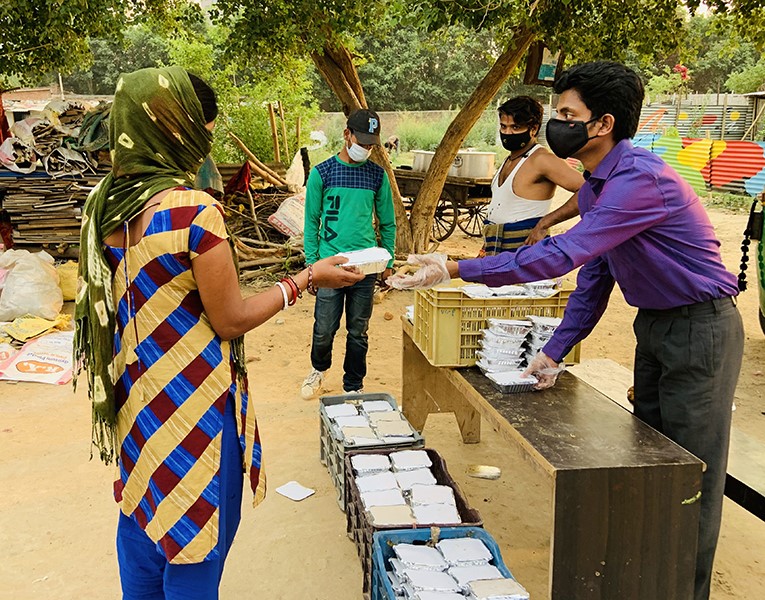In times of crisis and hardship, ensuring access to nourishing sustenance becomes paramount. Food distribution emerges as a lifeline, serving as a critical intervention to address immediate needs and provide relief to vulnerable populations. Whether responding to natural disasters, pandemics, or economic downturns, efficient food distribution systems play a pivotal role in stabilizing communities and safeguarding human dignity.
During emergencies, such as earthquakes or hurricanes, infrastructure damage can disrupt local food supply chains, leaving countless individuals without access to essential nutrition. Food distribution networks, often established by governmental agencies, NGOs, or humanitarian organizations, bridge this gap by swiftly delivering food aid to affected areas. These efforts not only prevent hunger but also promote a sense of unity and resilience among communities grappling with adversity.
In the context of a global health crisis like the COVID-19 pandemic, food distribution became a key strategy to support individuals facing financial strain due to job losses or lockdowns. Food banks and community organizations stepped in to distribute meals to families in need, demonstrating the power of local initiatives in addressing immediate hunger-related challenges.

Moreover, food distribution holds significance beyond emergencies. Ongoing programs that provide regular meals to schoolchildren from low-income families or nutritious packages to pregnant women highlight its role in combating long-term issues like malnutrition. These initiatives contribute to improved educational outcomes, reduced healthcare burdens, and enhanced economic productivity.
Innovation and technology have further revolutionized food distribution. Online platforms, mobile apps, and data-driven logistics have streamlined operations, enabling faster response times and more targeted aid delivery. This fusion of humanitarian efforts with modern advancements has the potential to make assistance more efficient, transparent, and inclusive.
In conclusion, food distribution serves as a vital instrument in addressing immediate needs during times of crisis, ensuring that no one goes hungry when faced with adversity. Beyond emergency situations, it remains a linchpin in tackling chronic issues related to food security. As we navigate an increasingly interconnected world, bolstering food distribution systems will remain a cornerstone of building resilient, compassionate societies.
In times of crisis, the profound impact of efficient food distribution becomes undeniable. It's a lifeline that nourishes, unites communities, and upholds human dignity during the most challenging moments.

Lorem ipsum dolor sit amet, consectetur adipiscing elit, sed do eiusmod tempor incididunt ut labore.
Read More
Lorem ipsum dolor sit amet, consectetur adipiscing elit, sed do eiusmod tempor incididunt ut labore.
Read More


Lorem ipsum dolor sit amet, consectetur adipiscing elit, sed do eiusmod tempor incididunt ut labore et dolore magna aliqua. Quis ipsum suspendisse ultrices gravida.
Copyright ©2022 SAHYOG
Ayush Anand
Lorem ipsum dolor sit amet, consectetur adipiscing elit, sed do eiusmod tempor incididunt ut labore et dolore magna aliqua. Quis ipsum suspendisse ultrices gravida.